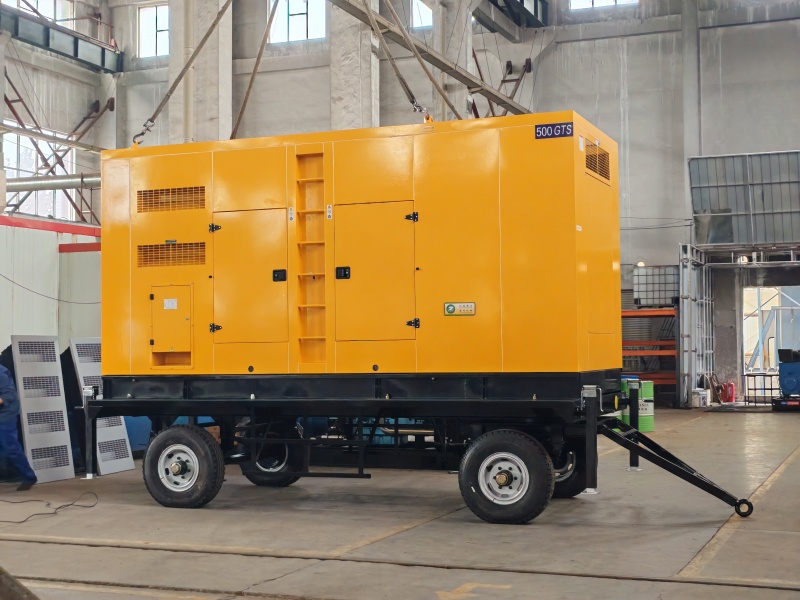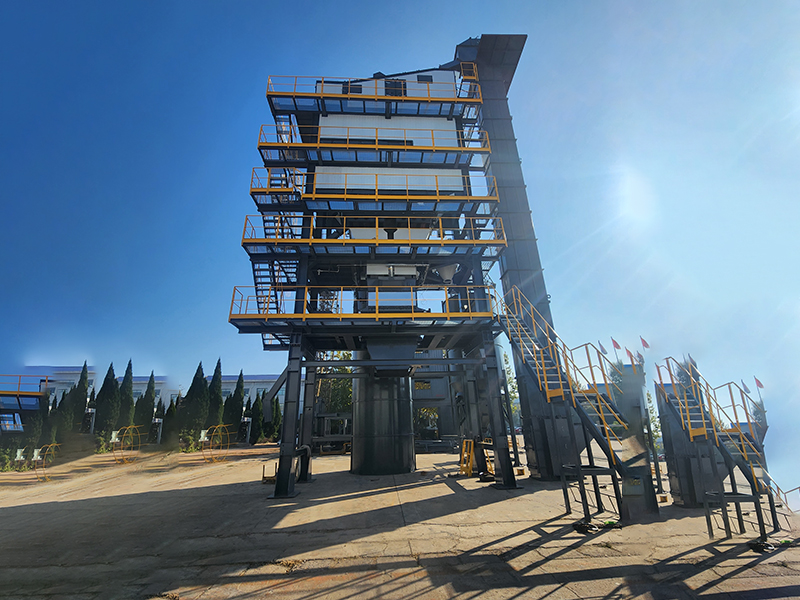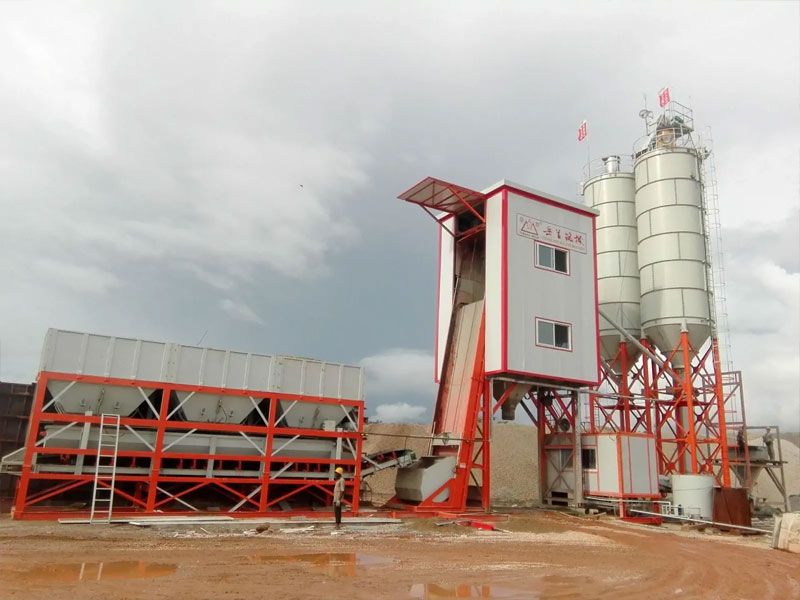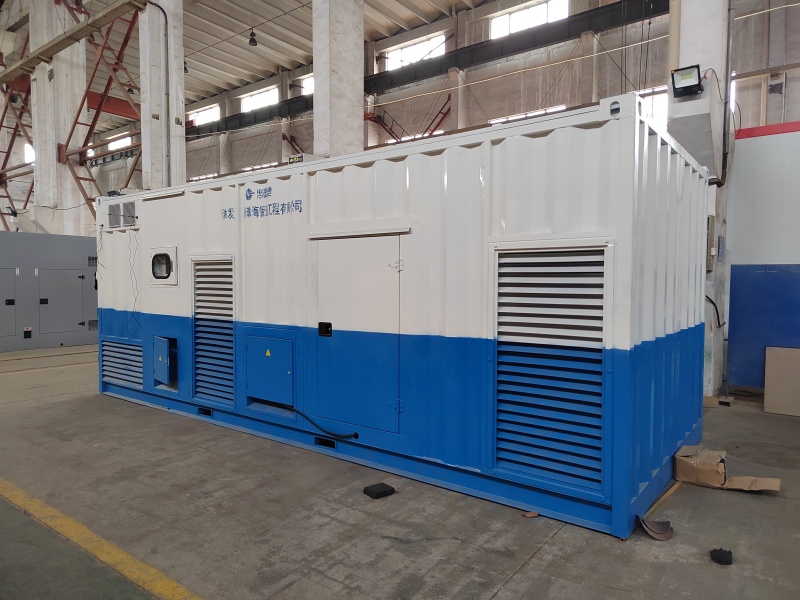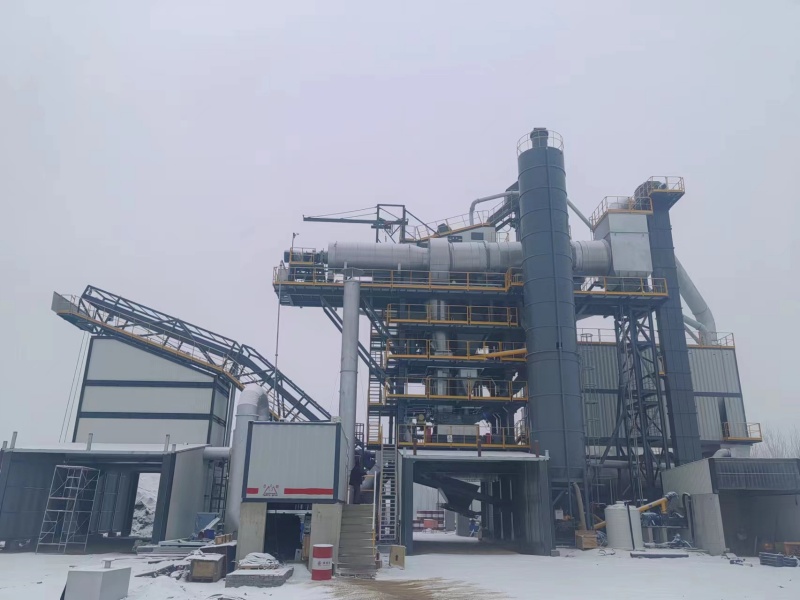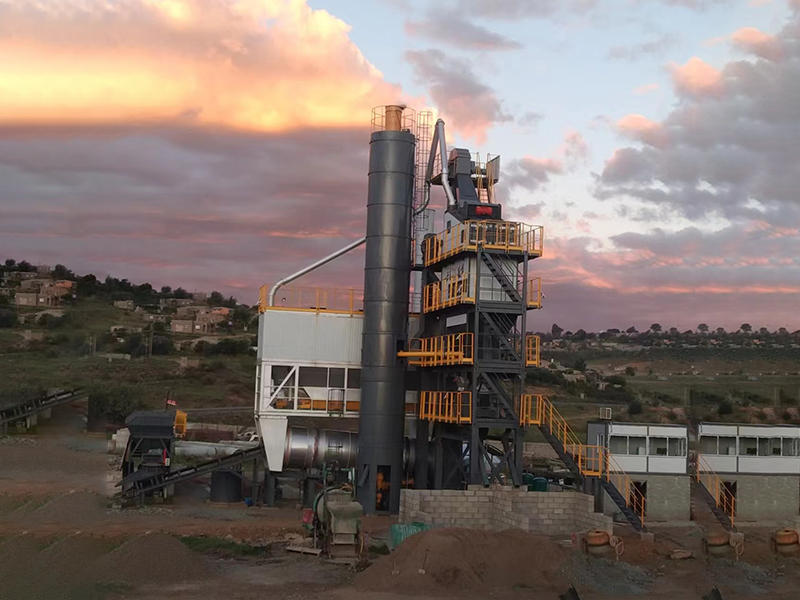Wholesale valley asphalt plant 6
Finding the Right Wholesale Valley Asphalt Plant 6 for Your Needs
This comprehensive guide helps you navigate the selection process for a Wholesale Valley asphalt plant 6, considering factors like capacity, features, and cost. We'll explore key considerations to ensure you choose the optimal plant for your specific project requirements. Learn about different types of plants, their advantages and disadvantages, and crucial factors to evaluate before making a purchase.
Understanding Your Asphalt Needs
Project Scale and Capacity
The first step in selecting a Wholesale Valley asphalt plant 6 is assessing your project's scale. How much asphalt will you need to produce? Different models of Wholesale Valley asphalt plant 6 offer varying production capacities. Consider future needs; a plant with sufficient capacity to handle potential growth is a worthwhile investment. Larger projects necessitate plants with higher production capabilities, while smaller projects might benefit from more compact and cost-effective options. Remember to factor in peak demand periods when estimating your required capacity.
Types of Asphalt Plants
Several types of Wholesale Valley asphalt plant 6 exist, each with its strengths and weaknesses. Batch plants offer precise control over mix design, while continuous plants excel in high-volume production. Portable plants are ideal for projects requiring mobility, while stationary plants offer greater stability and capacity. The choice depends largely on project needs and budget.
Key Features to Consider
Technology and Automation
Modern Wholesale Valley asphalt plant 6 models often incorporate advanced technology, such as automated control systems and digital monitoring. These features improve efficiency, reduce waste, and enhance the quality of the final asphalt product. Explore the technological advancements offered by different manufacturers and choose a plant that aligns with your operational goals. Look for features like real-time monitoring capabilities and automated quality control systems.
Environmental Considerations
Environmental regulations are increasingly stringent. Look for a Wholesale Valley asphalt plant 6 that incorporates features to minimize environmental impact, such as reduced emissions and efficient energy consumption. Some plants utilize advanced dust collection systems and recycled materials to reduce their environmental footprint. Prioritize sustainability when selecting a plant. Check manufacturer certifications and compliance with relevant environmental standards.
Maintenance and Support
Choosing a reliable manufacturer with a strong track record of customer support is essential. Consider factors like warranty periods, parts availability, and the manufacturer's response time to service requests. A well-maintained plant is crucial for long-term operational efficiency and longevity. Review maintenance schedules and consider training programs offered by the manufacturer.
Comparing Different Wholesale Valley Asphalt Plant 6 Models
Before committing to a purchase, thoroughly compare different Wholesale Valley asphalt plant 6 models from various manufacturers. Create a comparison table to systematically analyze key features, capacities, prices, and environmental impact. Consider seeking quotes and conducting site visits to assess the suitability of various options.
| Feature | Model A | Model B | Model C |
|---|---|---|---|
| Capacity (tons/hour) | 100 | 150 | 200 |
| Automation Level | Semi-Automated | Fully Automated | Fully Automated |
| Emissions Compliance | Tier 4 | Tier 4 Final | Tier 4 Final |
| Price (USD) | $1,500,000 | $2,000,000 | $2,500,000 |
Finding a Reputable Supplier
Partnering with a reliable supplier is crucial for ensuring the smooth procurement and operation of your Wholesale Valley asphalt plant 6. Thorough research is key. Consider contacting multiple suppliers to compare offerings and find the best fit for your needs. Online reviews and industry recommendations can be invaluable resources.
For high-quality mixing equipment, consider exploring options from Taian Yueshou Mixing Equipment Co.,Ltd. They offer a range of solutions for various asphalt production needs.
Conclusion
Selecting the right Wholesale Valley asphalt plant 6 is a significant decision. By carefully considering your project requirements, exploring available options, and partnering with a reputable supplier, you can ensure a successful and efficient asphalt production operation. Remember to factor in long-term costs, environmental impact, and the ongoing maintenance requirements when making your final decision.
Related products
Related products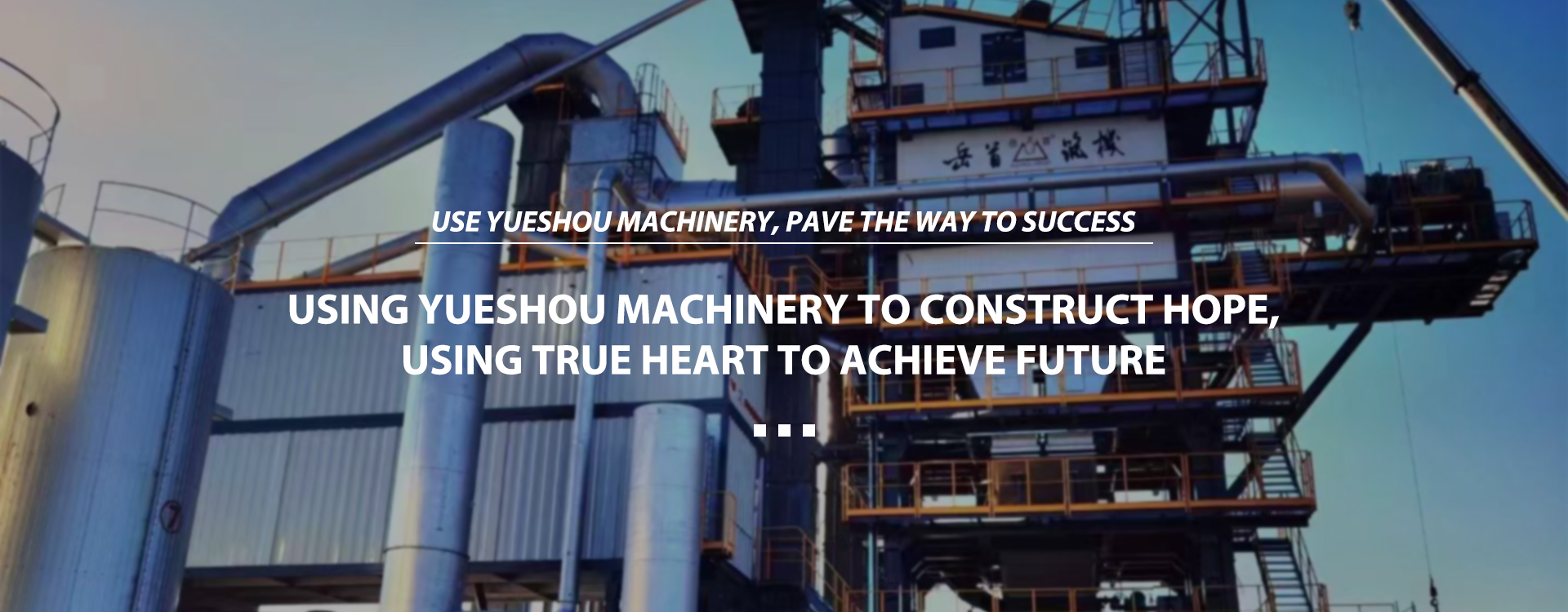
Best selling products
Best selling products-
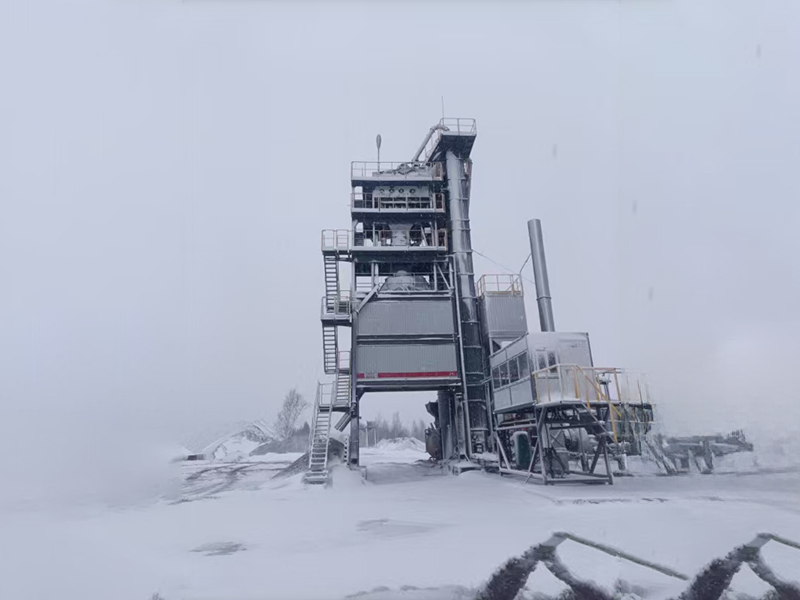 LB1000 asphalt mixing plant
LB1000 asphalt mixing plant -
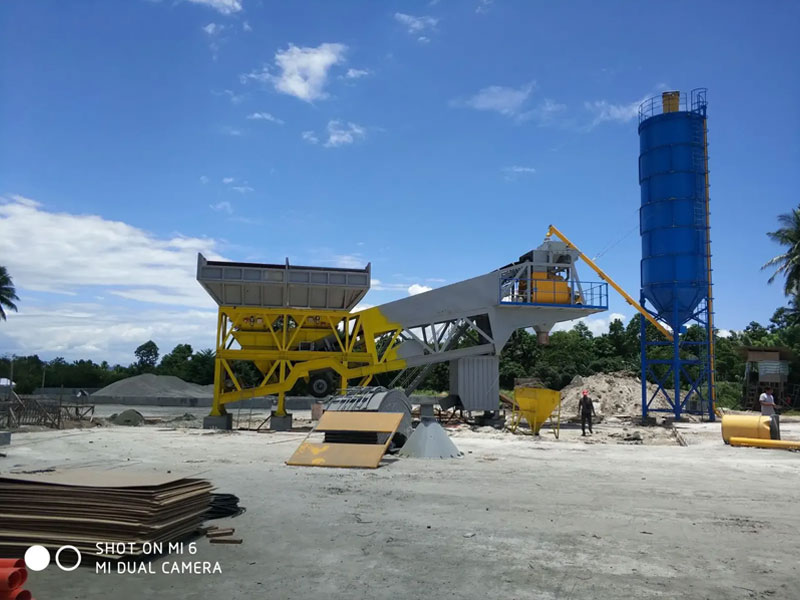 Mobile Type
Mobile Type -
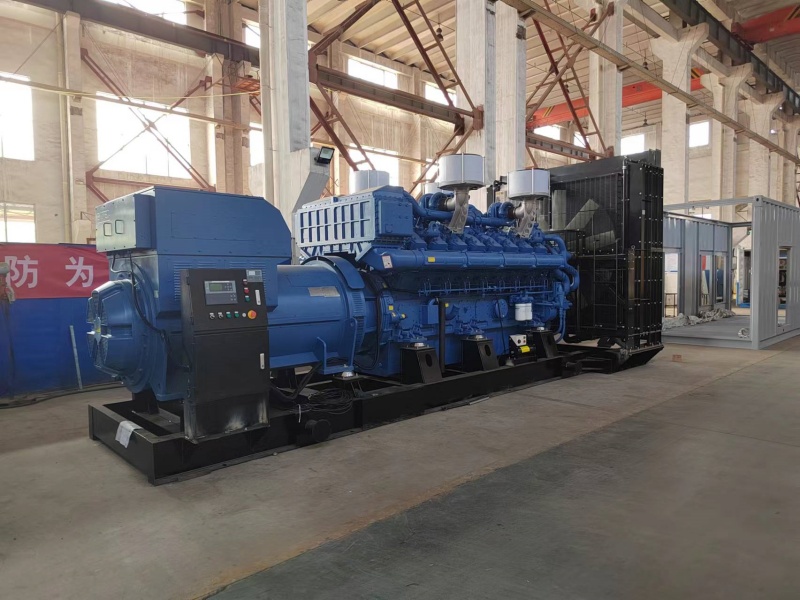 YUCHAI SERIES DIESEL GENERATOR SET
YUCHAI SERIES DIESEL GENERATOR SET -
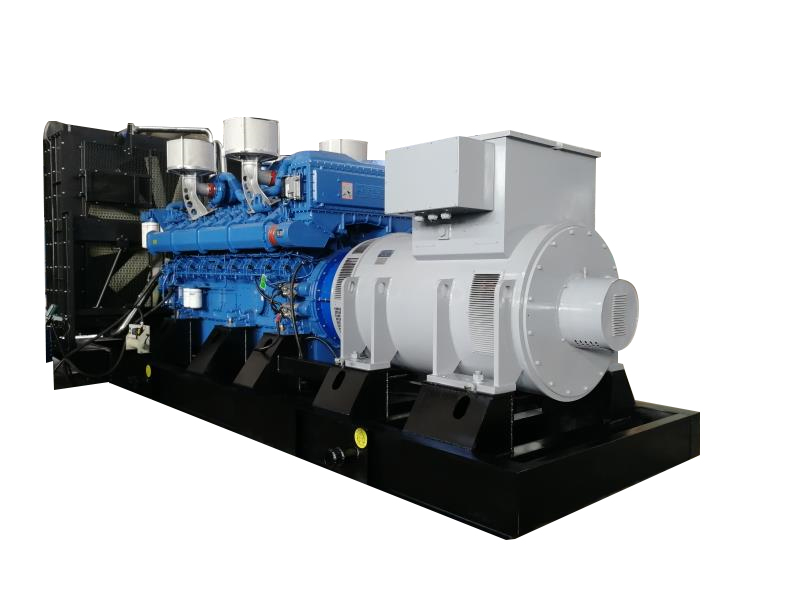 HIGH-VOLTAGE GENERATOR SETS
HIGH-VOLTAGE GENERATOR SETS -
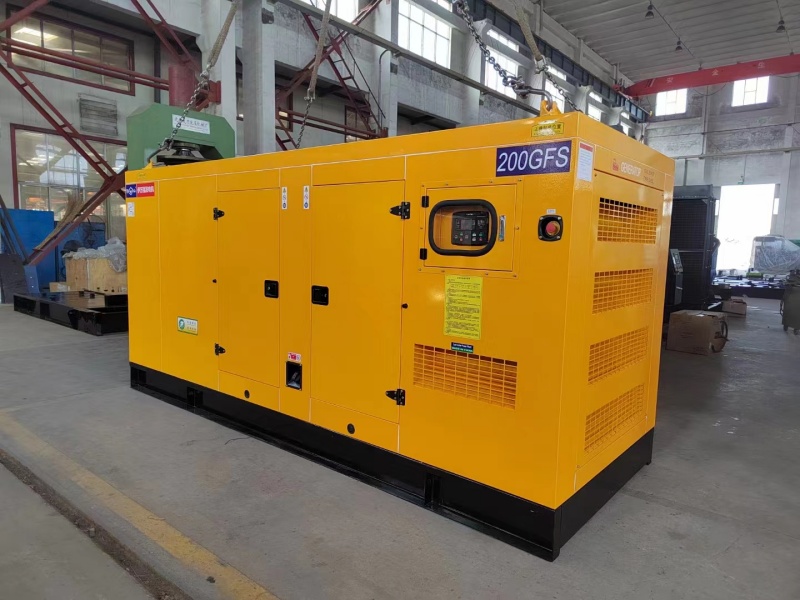 SOUNDPROOF GENERATOR SETS
SOUNDPROOF GENERATOR SETS -
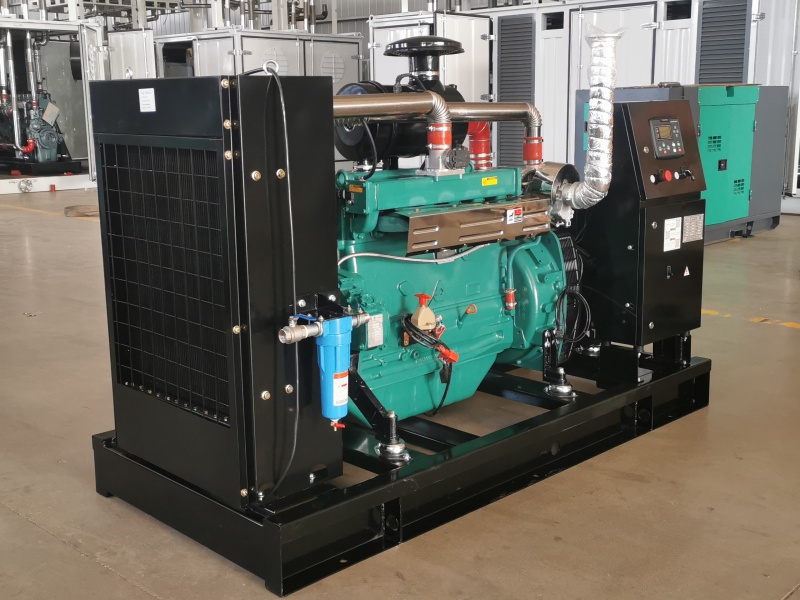 GAS TURBINE AND WATER PUMP SERIES
GAS TURBINE AND WATER PUMP SERIES -
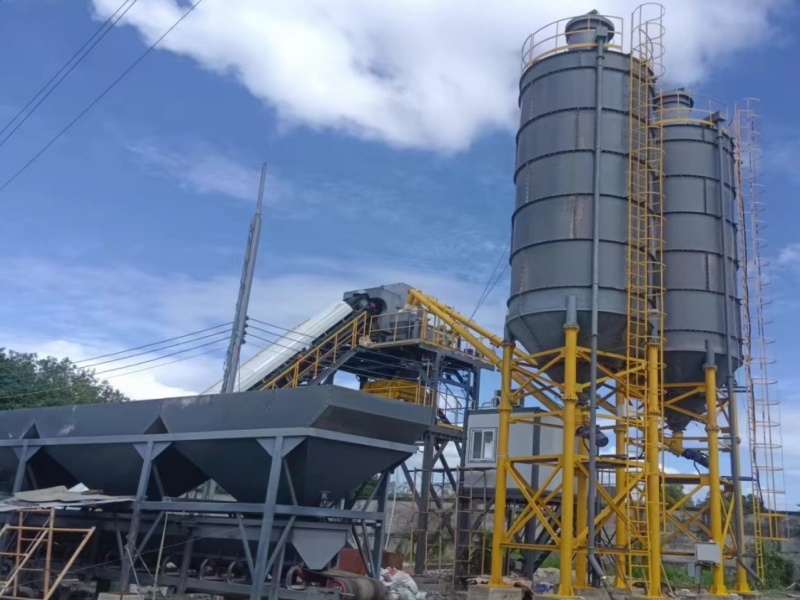 HZS50 Concrete Batching Plant
HZS50 Concrete Batching Plant -
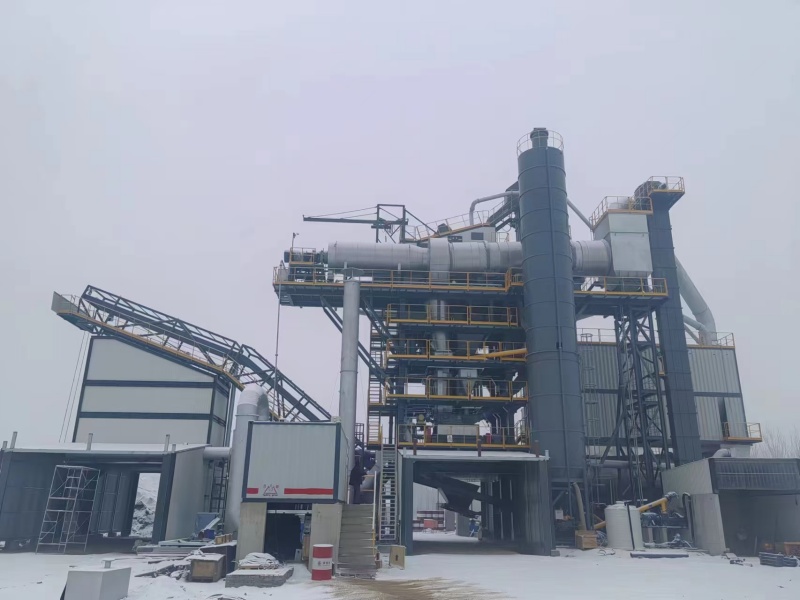 High Position Rotary Drum Type
High Position Rotary Drum Type -
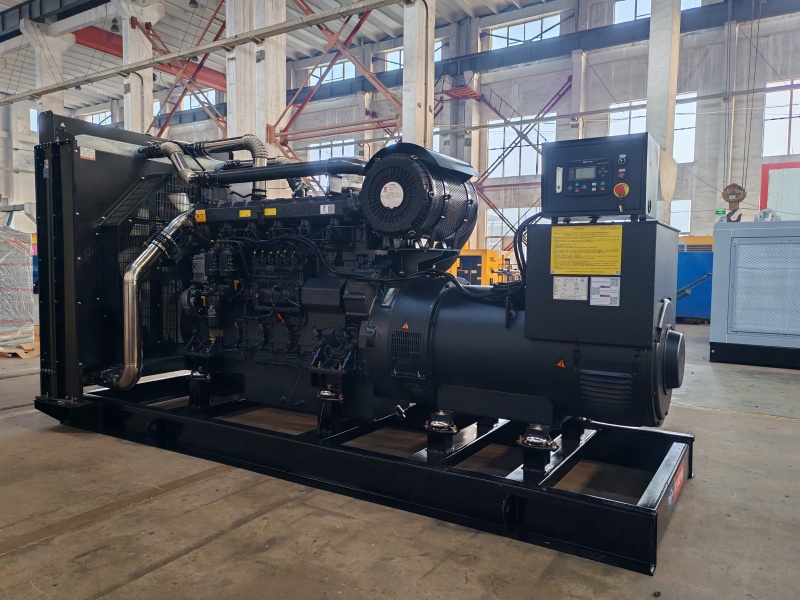 SDEC SERIES DIESEL GENERATOR SET
SDEC SERIES DIESEL GENERATOR SET -
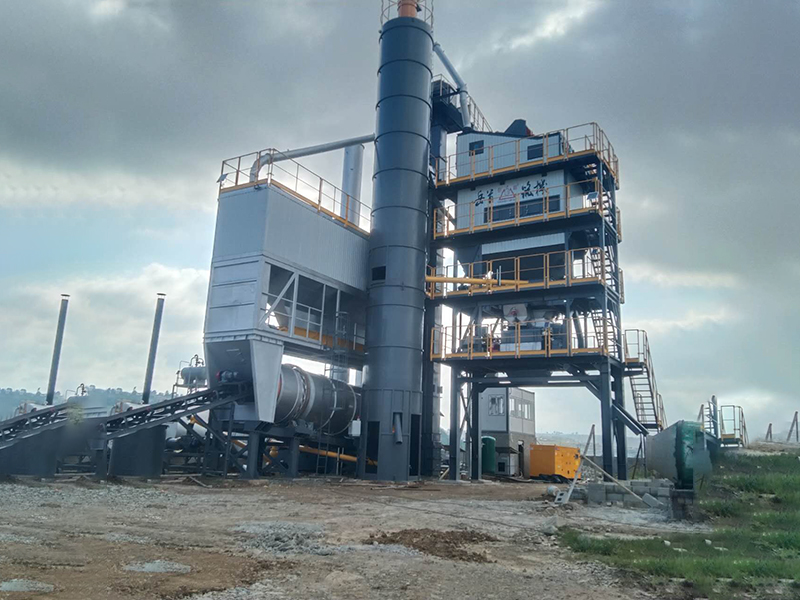 LB2000 Asphalt Mixing Plant
LB2000 Asphalt Mixing Plant -
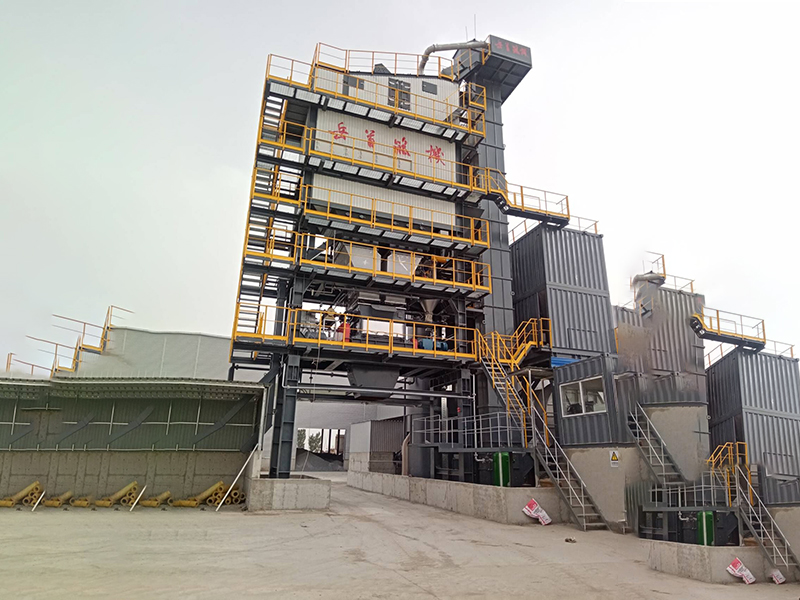 LB3000 Asphalt Mixing Plant
LB3000 Asphalt Mixing Plant -
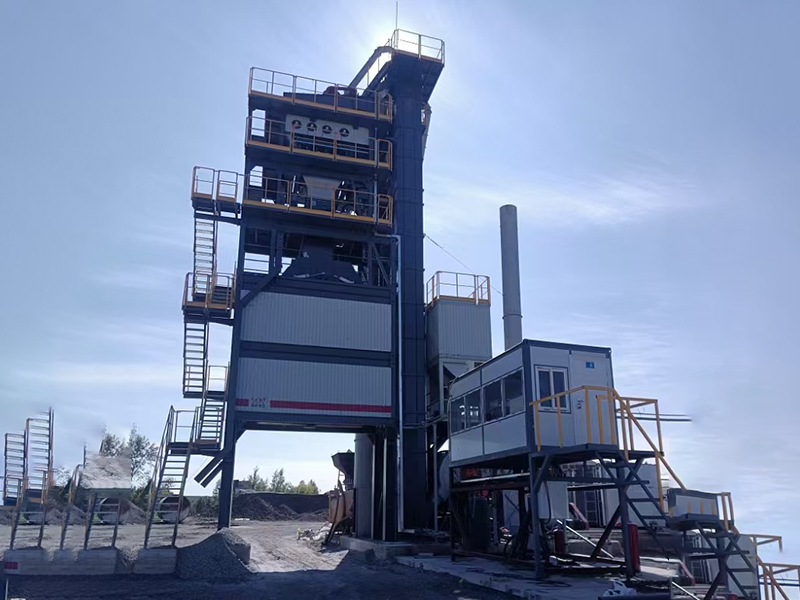 LB800 asphalt mixing plant
LB800 asphalt mixing plant
Related search
Related search- High-Quality used asphalt plants Exporter
- High-Quality tarmac concrete plant Manufacturer
- CE Certification cwr asphalt plant Supplier
- High-Quality simem concrete batching plant Companies
- High-Quality crupi asphalt plant Company
- High-Quality nearest ready mix concrete plant Exporter
- High-Quality nearest concrete plant Manufacturer
- Famous eurotec concrete batching plant
- High-Quality allan myers asphalt plant Factories
- High-Quality ready mix concrete plant setup cost Suppliers

